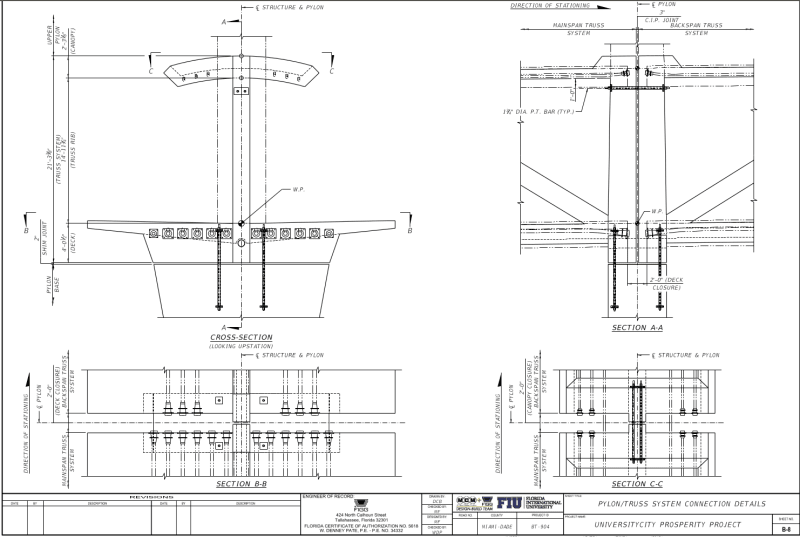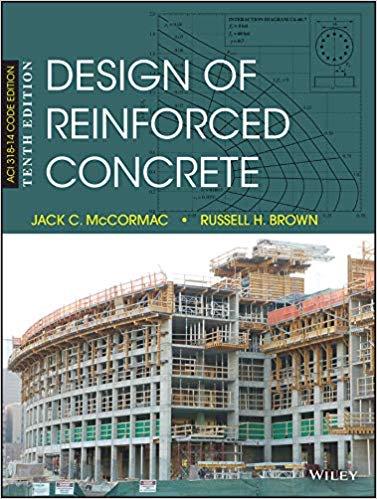Made a new Playlist for
DROPBOX video clips, and moved the short drone clips of the pylon drain into it. Here are the links to all Playlists, for handy reference:
Synopsis of DROPBOX clips:
Just after the Pylon-end SPMTs have put one wheel on the center median, the move stops and people congregate at the pylon end and appear to be look up at the drain area. It's also possible it was just warmer over by the canal, or people were drawn like moths to the brightly lit Pylon end. This SPMT stop coincides with the 0:54 mark in the
Move Part 2 - ground view video, and it should be noted that the ground view video also shows people milling about in the area of the spotlight, and many are taking "tourist" pictures, so it could just be a nice place to save a memento.
At
0:56 of the second video a guy in a white hat comes into view from beneath the deck corner, and he's in the classic chin-in-hand, elbow-on-hand contemplation pose. Not a good sign.
At the same time as the gawkers 2 video above, a crowd of people surrounds a person holding a large tablet. My guess is that this is the VSL crew.
A different perspective of Deck activity (starting at 1:38 mark) that occured during the "Pause" that ended the Move Part 2.
These are previously posted clips of a drone view of the Pylon drain showing what appears to be a crack radiating from the upper RH rim edge of the drain up to the right (west) side of the Column 12 base.
East side ground views of the last stages of Move Part 3, focusing on the SPMTs.
BONUS: here are some direct links to a few of the DROPBOX vids:
COMMENT: If the cribbing is topped with low-friction plastic pads, this would explain the slip-and-slide motion of the deck observed from ground level as the SPMT traversed the center median. Is it really a wise choice to chain the canopy to the SPMT tower arms while the deck rests on slippery cribbing on the tower tops?


